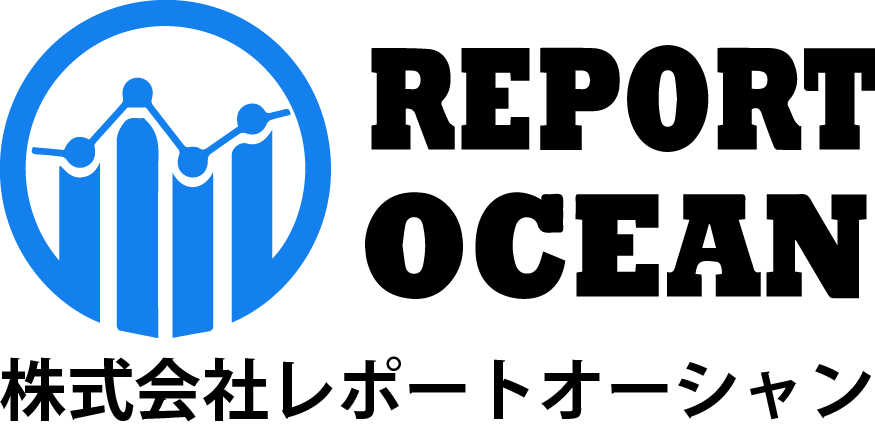日本浄水器市場規模、シェア、競争環境、動向分析レポート:タイプ別(使用時点型(Point of Use)入口時点型(Point of Entry))、技術別(逆浸透(RO)、紫外線(UV)、ウルトラフィルター(UF)、ハイブリッド、その他)、用途別(住宅用、商業用、工業用)、流通チャネル別(直販、小売店、オンライン、その他): 2024 年から 2032 年までの機会分析と業界予測
レポートID : ROJP0524098 |
最終更新 : 2024年05月 |
フォーマット : ![]() :
: ![]() :
: ![]()
Table of Contents
1. Research Methodology
2. Project Scope & Definitions
3. Impact of COVID-19 on Japan Water Purifier Market
4. Executive Summary
5. Voice of Customer
5.1. Demographics (Age/Cohort Analysis – Baby Boomers and GenX, Millenials, Gen Z; Gender; Income – Low, Mid and High; Geography; Nationality; etc.)
5.2. Market Awareness and Product Information
5.3. Brand Awareness and Loyalty
5.4. Factors Considered in Purchase Decision
5.4.1.Brand Name
5.4.2.Capacity
5.4.3.Price
5.4.4.Quality
5.4.5.Customisation Options
5.4.6.Packaging Type
5.4.7.Electricity Consumption / Star Rating
5.4.8.Fitting Space
5.4.9.Promotional Offers & Discounts
5.5. Purpose of Purchase (Personal Use, Gifting)
5.6. Frequency of Purchase
5.7. Medium of Purchase
5.8. Role of Brand Ambassador or Influencer Marketing on Product/Brand Absorption
6. Japan Water Purifier Market Outlook, FY2017-FY2031
6.1. Market Size & Forecast
6.1.1.By Value
6.1.2.By Volume
6.2. By Technology
6.2.1.Reverse Osmosis (RO)
6.2.2.Ultraviolet (UV)
6.2.3.Ultrafilters (UF)
6.2.4.Hybrid
6.2.5.Others
6.3. By Type
6.3.1.Point of Use
6.3.1.1. Under the Counter
6.3.1.2. Wall Mounted
6.3.1.3. Faucet Mounted
6.3.1.4. Others
6.3.2.Point of Entry
6.4. By Application
6.4.1.Residential
6.4.2.Commercial and Industrial
6.4.2.1. Workplaces
6.4.2.2. Educational Institutes
6.4.2.3. Medical Facilities
6.4.2.4. Manufacturing Facilities
6.4.2.5. Others
6.5. By Distribution Channel
6.5.1.Direct Sales
6.5.2.Retail Stores
6.5.3.Online
6.5.4.Others
6.6. By Region
6.6.1.North - Hokkaido and Tohoku
6.6.2.Central - Kanto and Chubu
6.6.3.South - Kansai, Chugoku, Shikoku, and Kyushu & Okinawa
6.7. By Company Market Share (%), FY2023
7. Market Mapping, FY2023
7.1. By Technology
7.2. By Type
7.3. By Application
7.4. By Distribution Channel
7.5. By Region
8. Macro Environment and Industry Structure
8.1. Supply Demand Analysis
8.2. Import Export Analysis
8.3. Value Chain Analysis
8.4. PESTEL Analysis
8.4.1.Political Factors
8.4.2.Economic System
8.4.3.Social Implications
8.4.4.Technological Advancements
8.4.5.Environmental Impacts
8.4.6.Legal Compliances and Regulatory Policies (Statutory Bodies Included)
8.5. Porter’s Five Forces Analysis
8.5.1.Supplier Power
8.5.2.Buyer Power
8.5.3.Substitution Threat
8.5.4.Threat from New Entrant
8.5.5.Competitive Rivalry
9. Market Dynamics
9.1. Growth Drivers
9.2. Growth Inhibitors (Challenges and Restraints)
10. Key Players Landscape
10.1. Competition Matrix of Top Five Market Leaders
10.2. Market Revenue Analysis of Top Five Market Leaders (in %, FY2023)
10.3. Mergers and Acquisitions/Joint Ventures (If Applicable)
10.4. SWOT Analysis (For Five Market Players)
10.5. Patent Analysis (If Applicable)
11. Pricing Analysis
12. Case Studies
13. Key Players Outlook
13.1. The Clorox Company (Brita)
13.1.1. Company Details
13.1.2. Key Management Personnel
13.1.3. Products & Services
13.1.4. Financials (As reported)
13.1.5. Key Market Focus & Geographical Presence
13.1.6. Recent Developments
13.2. Panasonic Corporation
13.3. Mitsubishi group (Cleansui)
13.4. Toray Industries, Inc.
13.5. Doctors Man Co., Ltd
13.6. Fuji Medical Instruments Mfg. Co., Ltd (Fujiiryoki)
13.7. Hitachi, Ltd.
13.8. Toshiba Corporation
13.9. Kurita Water Industries Ltd
13.10. SnowPure Water Technologies
13.11. Pure Aqua, Inc
13.12. MOBIO (Manufacturing Business Center Osaka)
13.13. Kuraray Aqua Co., LTD
*Companies mentioned above DO NOT hold any order as per market share and can be changed as per information available during research work
14. Strategic Recommendations
15. About Us & Disclaimer
無料サンプルを入手する ![]()
この無料サンプルには、トレンド分析から推定・予測まで、さまざまなデータが含まれています。
最新レポート
お問い合わせ
-
- JAPAN : 03-6899-2648
-
- EMAIL : [email protected]







